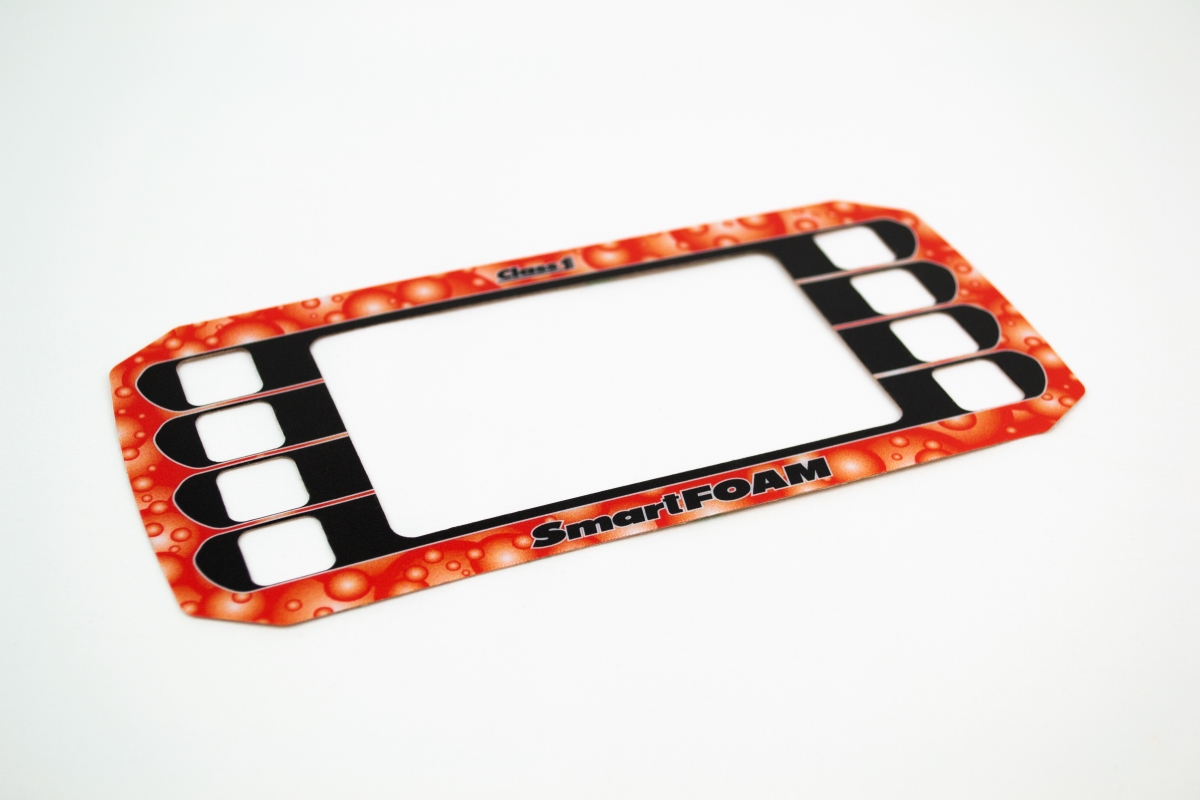Recognizing Just How Graphic Overlays Work to Improve Your Imaginative Tasks
Graphic overlays serve as a crucial element in the world of innovative jobs, boosting both aesthetic communication and audience involvement. The successful integration of these overlays requires cautious consideration of design concepts and objectives.
What Are Graphic Overlays?
Graphic overlays are aesthetic aspects that are positioned on top of a base picture or user interface to boost interaction and customer experience. They serve different functions, consisting of providing added information, leading individual communication, and boosting aesthetic allure. Usual applications of visuals overlays can be found in digital user interfaces, advertising and marketing, and instructional products.

Graphic overlays are often developed making use of design software program, enabling designers to control transparency, size, and shade to attain the desired result. Recognizing just how to successfully implement graphic overlays is important for designers intending to elevate their creative tasks.

Benefits of Using Graphic Overlays
Using graphic overlays can significantly enhance the effectiveness of aesthetic communication across numerous mediums. Among the primary advantages is the ability to communicate complex details succinctly. By layering graphics, text, and pictures, overlays help with the discussion of information in an extra absorbable style, making it less complicated for target markets to realize essential concepts promptly.
Additionally, graphic overlays can increase aesthetic allure, accentuating specific components within a design. This is specifically useful in marketing and advertising, where catching the audience's rate of interest is critical. The strategic usage of shades, forms, and typography in overlays can produce a engaging and cohesive visual story, improving brand acknowledgment.
In addition, graphic overlays supply flexibility in style. They enable creators to adjust web content for different systems without beginning from scrape, making sure uniformity across different networks. This flexibility is vital in today's digital landscape, where web content should be enhanced for varied tools and formats.
Kinds Of Graphic Overlays
When taking into consideration the numerous kinds of visuals overlays, it is vital to acknowledge their diverse applications throughout various sectors. Graphic overlays can be classified primarily right into three types: useful, ornamental, and informative.
Useful overlays are created to improve the use of an item. Commonly found in digital tools, these overlays frequently give responsive feedback via raised buttons or textured surface areas, boosting individual communication. They can also serve as a safety layer, guarding the underlying components from damage.
Ornamental overlays discover this concentrate on visual improvement, permitting brand names to reveal their identification with vibrant designs and custom graphics. These overlays prevail in packaging, advertising and marketing, and point-of-sale materials, where aesthetic allure is vital for drawing in customers.
Informative overlays, on the other hand, are used to convey crucial information or directions. They can be seen in applications such as signs, customer click reference guidebooks, and educational graphics, where clearness and readability are extremely important.
Each sort of visuals overlay offers a distinct purpose, contributing to the general performance of innovative tasks while addressing specific needs within numerous sectors. Recognizing these differences is vital for choosing the ideal overlay for your project.
Ideal Practices for Application
To make certain the effective implementation of graphic overlays, it is vital to develop a clear understanding of the job's objectives and the specific requirements of the end-users. Begin by conducting thorough study to determine the target audience and their preferences, as this will certainly notify design selections and performance.
Following, create a thorough strategy that details the overlay's integration, format, and purpose procedure. This plan must consist of interface considerations, making certain that overlays improve as opposed to block the individual experience - Graphic Overlays. Think about the aesthetic hierarchy and preserve uniformity in layout aspects, such as shade symbols, typefaces, and schemes, to promote brand name comprehensibility
Checking is important; collect feedback from a depictive sample of customers to determine prospective issues and areas for renovation. Iterate on the layout based upon user input and performance information. Furthermore, ensure compatibility across numerous tools and platforms to maximize ease of access.
Devices for Developing Overlays
Developing reliable graphic overlays calls for the right devices to translate style ideas into functional applications. Various software application and platforms are offered, each tailored to details requirements and ability degrees.
Adobe Photoshop and Illustrator are market requirements, using considerable capabilities for developing and controling overlays. These devices supply sophisticated features such as layer administration, blending settings, and vector graphics, enabling designers to develop intricate and top notch overlays.
For those looking for a much more user-friendly method, Canva Check Out Your URL and Figma are excellent choices (Graphic Overlays). Canva's instinctive interface enables individuals to create overlays swiftly utilizing pre-designed templates, while Figma promotes collective design in real-time, making it ideal for teams
Additionally, open-source options like GIMP and Inkscape offer robust functionalities without the linked costs of exclusive software program. These devices permit adaptability in layout and can accommodate different data styles, making sure compatibility throughout various platforms.

Final Thought
To conclude, graphic overlays act as effective tools for enhancing innovative jobs by providing aesthetic clarity, visual allure, and brand name uniformity. Their diverse applications, ranging from useful to decorative, highlight their adaptability in communication. Following best practices and using appropriate tools makes sure effective implementation and optimizes the influence of overlays. By recognizing the fundamental principles and benefits connected with graphic overlays, developers can substantially boost the high quality and effectiveness of their visual interactions.
Graphic overlays serve as a pivotal part in the world of creative jobs, enhancing both visual communication and target market engagement.Graphic overlays are typically developed making use of design software program, enabling developers to manipulate transparency, size, and shade to accomplish the wanted result.In addition, visuals overlays can enhance visual appeal, drawing focus to certain components within a style.In addition, visuals overlays give flexibility in design.In final thought, visuals overlays serve as effective devices for boosting creative tasks by giving visual clarity, visual allure, and brand consistency.
 Ralph Macchio Then & Now!
Ralph Macchio Then & Now! Angus T. Jones Then & Now!
Angus T. Jones Then & Now! Jenna Von Oy Then & Now!
Jenna Von Oy Then & Now! Erika Eleniak Then & Now!
Erika Eleniak Then & Now! The Olsen Twins Then & Now!
The Olsen Twins Then & Now!